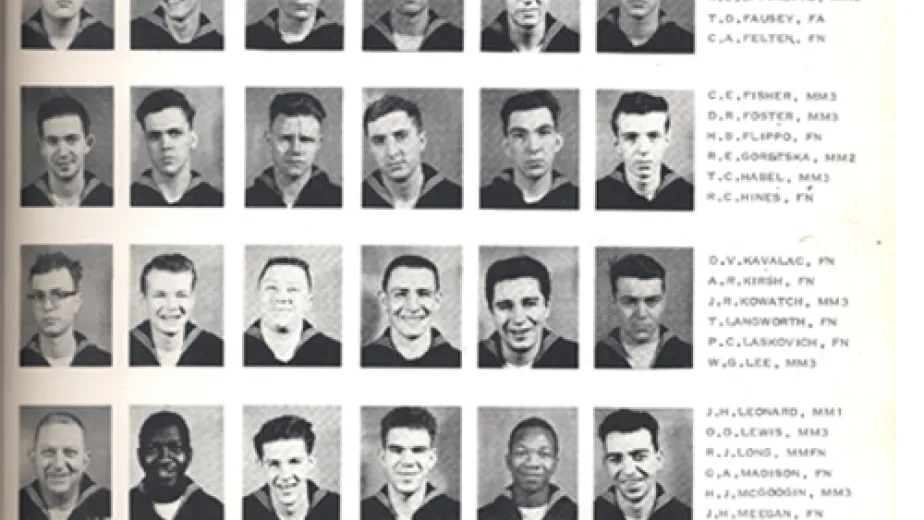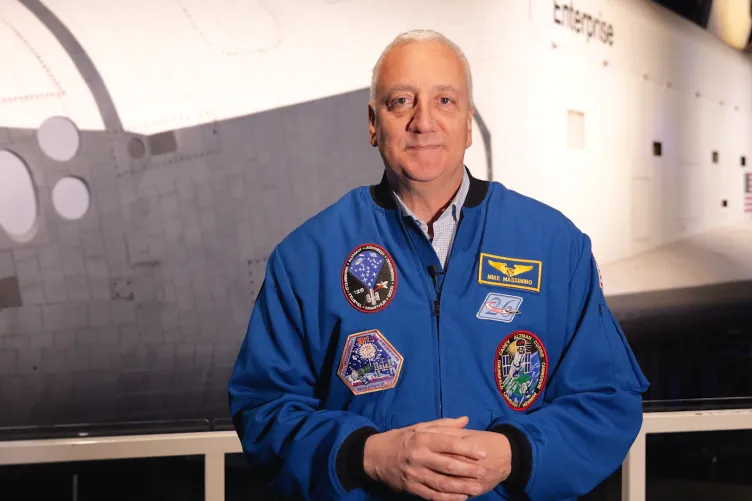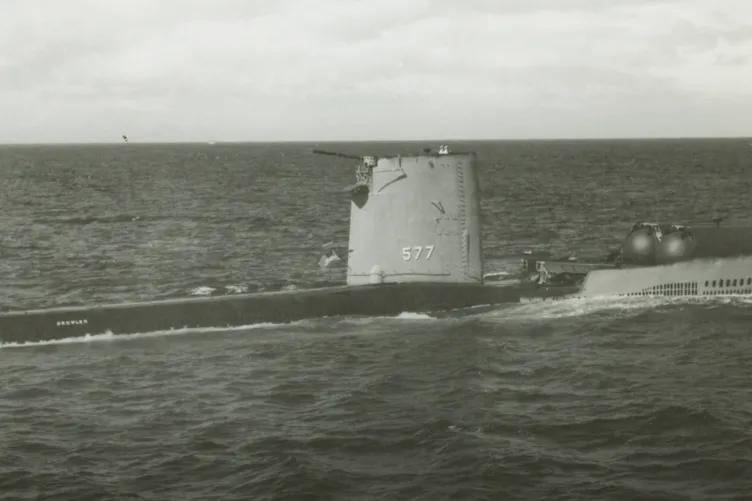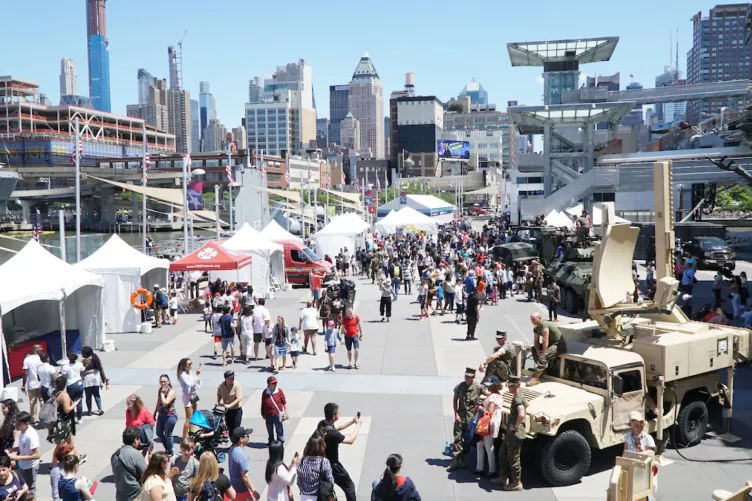
In 1943, when Intrepid was commissioned, the U.S. Navy was still segregated. Most Black sailors were assigned as steward’s mates, serving white officers in the wardroom and cleaning their staterooms.
On board Intrepid, Black sailors worked as steward’s mates or cooks. The photo below illustrates the situation on board Intrepid, as well as other ships. During combat, some of them were assigned to a secondary role: to serve as anti-aircraft gunners when the ship was under attack. These Black gunners were assigned to their own position, called Gun Tub 10.
On October 29, 1944, a Japanese kamikaze aircraft hurtled toward Intrepid. The sailors in Gun Tub 10 rushed to shoot down the aircraft before it struck the ship. They continued firing at the plane even as it headed directly for them and crashed into their position, killing 10 men and wounding 10 others. The impact on the crew and the ship likely would have been far more devastating if not for the daring and determination of the gunners.
Six of the surviving gunners were awarded the Bronze Star for valor: Eli Benjamin, Harold Clark Jr., Jonell Copeland, James Dockery, Que Gant and Alonzo Swann. In the years after the war, Swann maintained that he and his shipmates had been promised a higher honor, the Navy Cross, but they instead received the lesser award because of discrimination.
President Harry S. Truman signed Executive Order 9981 on July 26, 1948, which desegregated the U.S. Armed Forces. Although the order promised greater opportunity for Black sailors, change was slow in the U.S. Navy, which lagged in enlisting Black sailors and providing equal opportunities. The photographs below from Intrepid’s cruise books of the 1950s and 1960s reflect the changes in Navy policies toward race. Most divisions had only one or two Black members, and many Black sailors still served as stewards.
The Navy confronted major societal shifts in the 1960s and 1970s, including the civil rights movement. Intrepid’s crew members dedicated the June 1971 issue of the ship’s newspaper, the Achiever, to “the Black man’s role in the Navy today and in the future.” The issue included articles about the Navy’s efforts toward improving race relations and enhancing opportunities for sailors of color, and it highlighted the views of Black crew members.
For some Black sailors, the pace of change was too slow. Ships throughout the fleet, including Intrepid, experienced outbursts of racial violence in 1972 and 1973. These episodes exposed the depth of the Navy’s problems. In the following years, the Navy launched programs to enlist more Black sailors and to provide them with opportunities for education and advancement.
Decades after surviving a kamikaze attack, Alonzo Swann went to court to insist that the Navy award him the Navy Cross. The judge found in his favor. In 1993, Alonzo Swann received the Navy Cross in a ceremony aboard Intrepid for the bravery he demonstrated 49 years prior. Four other surviving gunners also received the award, and the captain of the gun tub received a posthumous award. Swann’s Navy Cross medal and citation, along with a 20mm gun like the ones used by the men in Gun Tub 10, are now part of the Intrepid Museum’s permanent collection. These items provide a physical reminder of how race relations in the U.S. Navy have changed and will continue to evolve.
The Intrepid Museum is committed to amplifying the stories of Black sailors who risked their lives defending their country while serving on board Intrepid. In honor of Black History Month, the Museum is offering on-site talks throughout February. Visitors will learn about the heroism, bravery, and ultimate sacrifice of the Black sailors on Intrepid who manned the anti-aircraft guns in Gun Tub 10, as well as their post-war decades-long fight to receive their proper military honors.
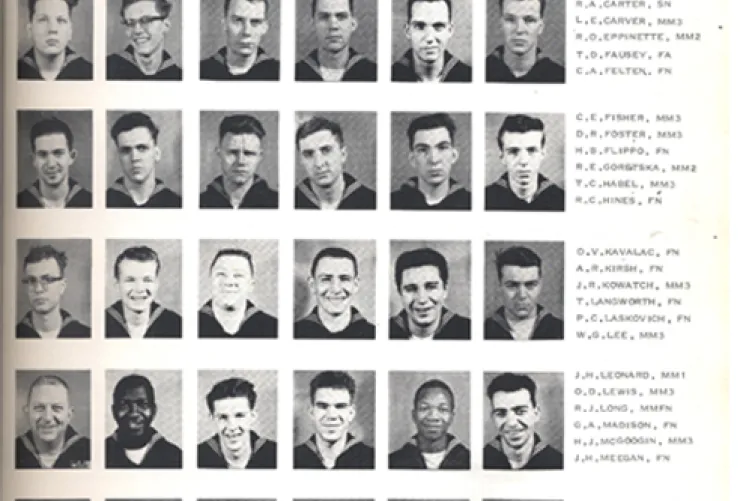
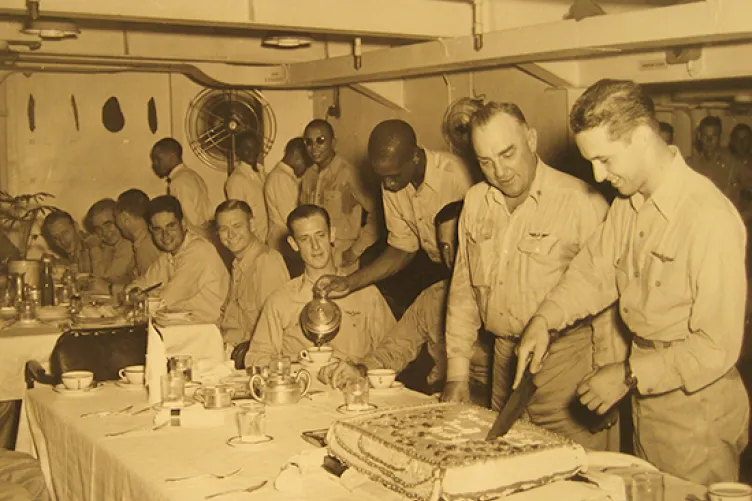
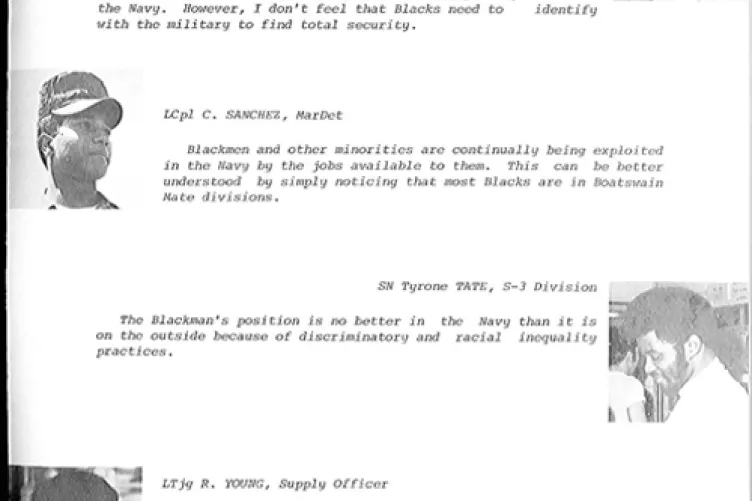

Want to visit the museum? We would love to have you! Find out all about our offerings here and plan your trip today.

If you join our membership program you can visit the museum any time! Plus enjoy many membership perks at a discounted rate.


